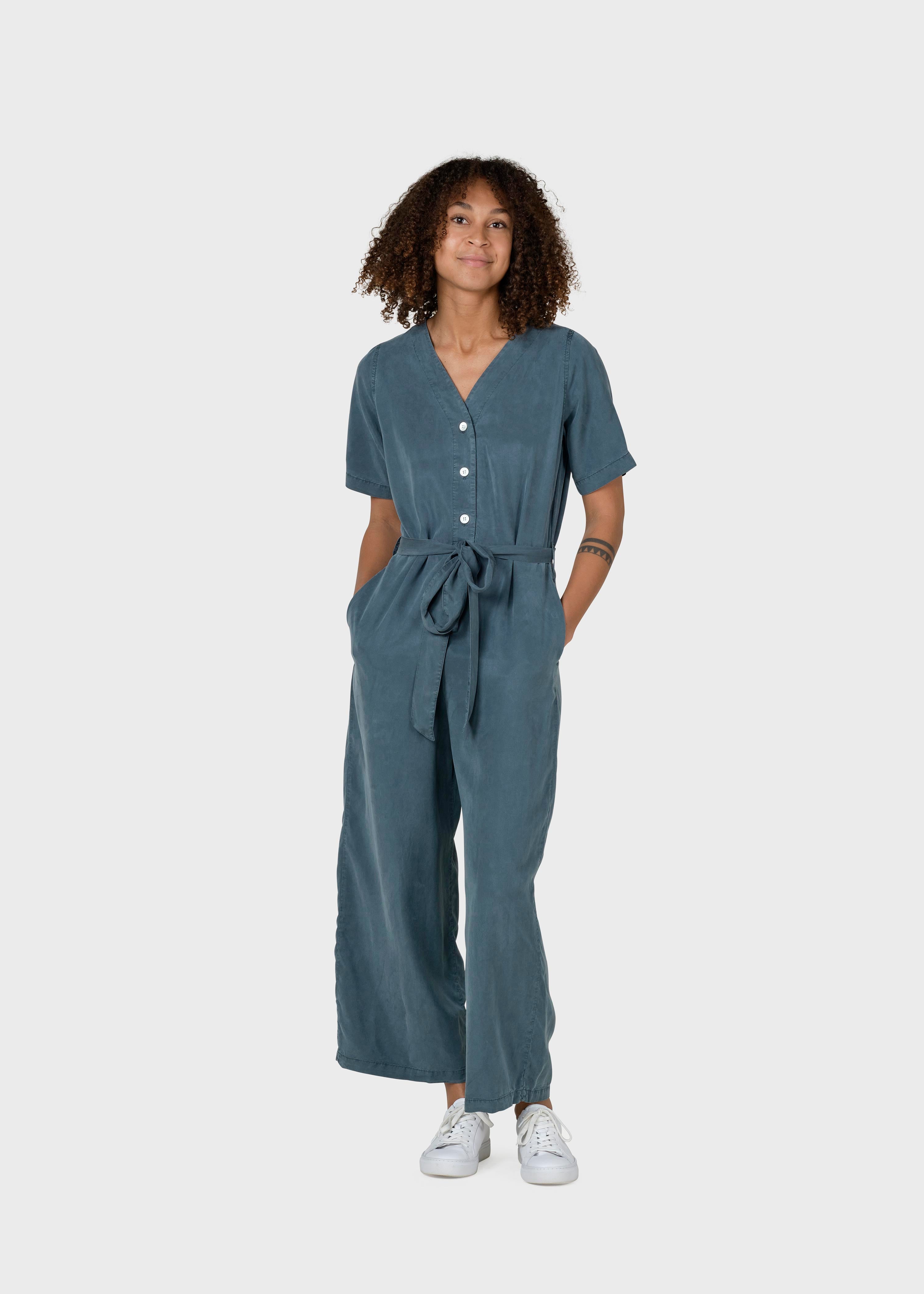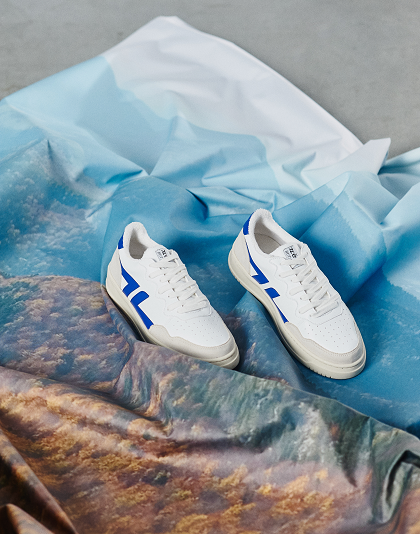What if we deciphered together how our brain works, to better understand what pushes us to buy? 🔍
Here are 5 psychological mechanisms used by brands to encourage us to checkout. Fortunately, knowing and understanding them helps you resist better, especially during sales!
The importance of consuming less
Before getting to the heart of the matter, you may be wondering why not buy something new if it makes you happy and you can afford it. It's true, after all!
Just because The fashion industry is extremely polluting . It alone represents around 10% of global greenhouse gas emissions (i.e. more than the emissions from all international flights and maritime shipping combined).
Yet our closets are overflowing with clothes we don't wear. According to Fashion Revolution Schweiz , “the Swiss own on average 118 pieces of clothing in their wardrobe . However, they buy 60 new pieces every year! And 40% of their clothes are only worn 3-4 times. »
Not just talking about clothes, there is an urgent need to buy less. A study carried out by WWF published in 2022 estimates that Switzerland is responsible for 2 to 3% of global CO2 emissions, which places it at a level comparable to that of countries like Brazil!! Small country, big carbon footprint , then!
So whether it’s our furniture, electronic devices, vehicles… One key word to save the planet: stop compulsive buying .
Why is it so hard to stop buying? Here are 5 psychological mechanisms used by brands and stores to hack our brain:
1. Scarcity

Our primitive brain is accustomed to considering which is rare and precious. Brands often reproduce an artificial scarcity, to encourage us to buy: limited edition, latest markdown, capsule collection, etc.
Often, the emergency concept is associated with it: red signs, only 2 models available”, etc.
And there you have it, the trap is set for an impulsive purchase!
2. Fear of missing out

FOMO (Fear Of Missing Out) syndrome is also used to push us to buy.
It's about playing on our fear of missing out by presenting new collections or sales as major social events .
And since humans are fundamentally social beings, we often get fooled…
3. The group phenomenon

For human beings, belonging to a group has always been crucial for survival. Nowadays, clothing style, among other things, is a major element of belonging to a social group, especially for the youngest. So far, nothing serious.
But fashion that changes constantly, and quickly, necessarily requires us to update our wardrobe, to be socially validated. And therefore to consume.
Did you know ?
Fast fashion brands are coming out 36 new collections per year ! Compared to 4 for classic fashion brands and 2 (or even 1) for slow fashion brands.
4. The anchoring effect

We estimate the value of something in us referring to a starting value given.
Our brain will naturally use the first information (reference point, or anchor), in comparison to the second information provided.
Concretely, a crossed-out open price will give us the satisfaction of money “saved”. Bingo. One buys !
But did we really need it?
It is increasingly common for fast fashion brands to create collections specifically for sales and crossed out price is therefore completely fake . Ouch, for transparency, we’ll come back!
5. The primacy effect
Unconsciously, our brain first focuses on the number placed before the decimal point . We therefore tend to “think” that 9.99 CHF is much more interesting than 10CHF, and by anchoring effect, 9 becomes the reference point, rather than 10. This is why brands very frequently offer prices ending with .90 or .99.
All these techniques put together – although they seem very simple – and associated with omnipresent advertising, buying constantly becomes a banal act.
Stopping this frenzy means understanding that this is not what makes us happy.
Learn to rediscover what you already own , by combining your clothes differently, by customizing them. This will create a truly unique look that really suits you.
Learn how to find little wonders in second hand , and you will have the budget to buy new things from time to time from local, committed and sustainable brands present on Clother.
The rule of 3 to better resist compulsive purchases

As a bonus, here is a little easy rule to remember for your next shopping sessions:
- Will you still want it in 3 days?
- Can you design 3 outfits with this item of clothing and the ones you already own?
- Can you wear it on 3 different occasions?
And you, what are your tips for not breaking down?










